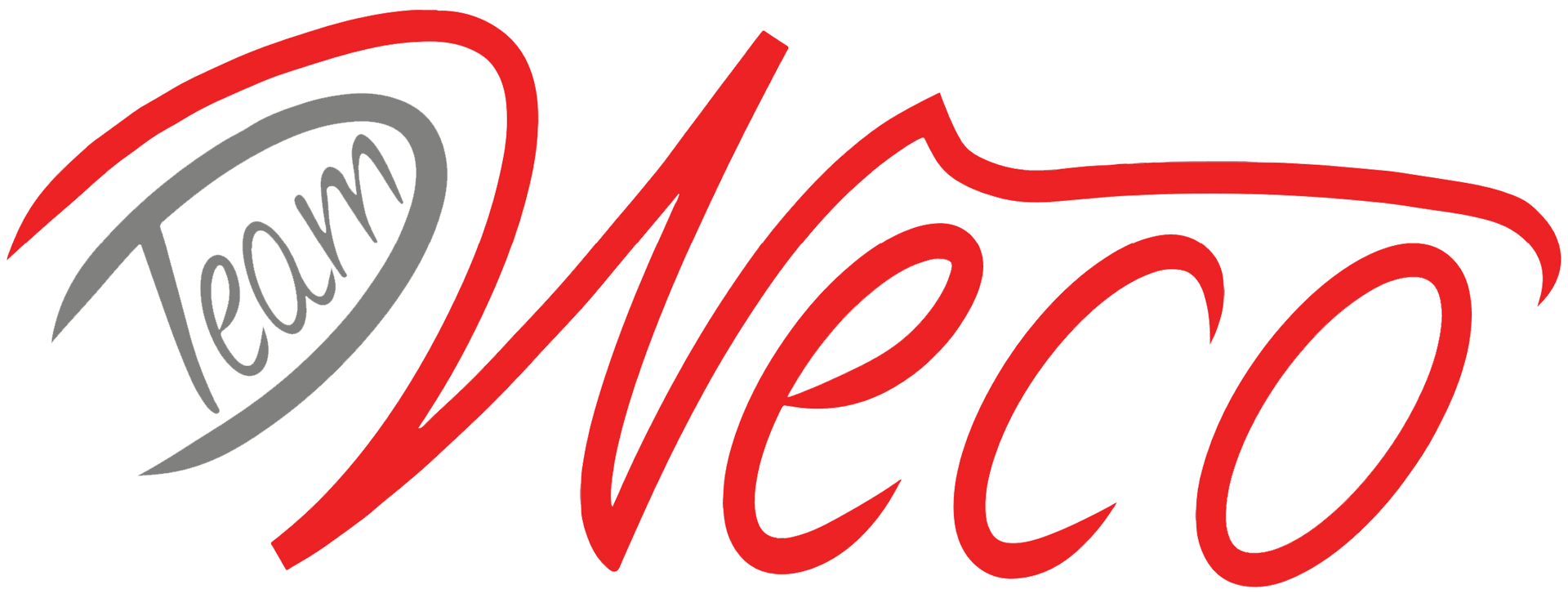When a Lift Fails, It’s More Than Just a Drop in Productivity
When it comes to automotive lift safety, there's a sobering truth: one injury is too many. Every accident tied to lift equipment carries the potential for life-altering consequences, whether it’s a minor injury or a fatal incident. These accidents are not mere statistics — they are real events that affect real people: technicians, shop owners, families, and entire communities. That’s why inspections, particularly those aligned with Automotive Lift Institute (ALI) standards, are not optional extras — they are lifesaving necessities.
A Closer Look at the Numbers
Let’s start with the raw data. According to the U.S. Occupational Safety and Health Administration (OSHA):
- A keyword search for "Hydraulic Lift" in their incident database reveals nearly 387 reported accidents, many involving serious injuries or fatalities due to falls, crushes, or equipment failures.
- Searching for "Auto Lift" shows an additional 45 incidents, further highlighting how widespread — and underreported — these dangers can be.
And that’s just the data OSHA captures.
According to the MEMIC safety blog:
- Since 2007, OSHA has investigated several automotive lift-related cases, with 11 inspections linked directly to fatalities.
- Approximately 15,000 workers each year in the U.S. are treated in hospitals for injuries related to automotive lifts, jacks, or jack stands. That’s over 1,200 injuries per month, or roughly 40 per day.
In Canada, agencies like WorkSafeBC are also raising the alarm. Their bulletin on managing the risks of two-post automotive lifts reflects the very real concern about safety. However, Canadian data is still lacking when it comes to clearly isolating failures due to equipment faults, as opposed to misuse or operator error.
Safety Isn’t Optional — It’s Systemic
One of the most frustrating challenges is that we still lack precise failure rates per lift, per hour of use, or per year. But we don't need exact numbers to draw one simple conclusion: these incidents are happening far too often, and many are entirely preventable.
The reality is this: most lift-related injuries and deaths occur not because lifts are inherently unsafe, but because they are used improperly, poorly maintained, or never inspected.
ALI Inspections: A Critical Line of Defense
This is where ALI (Automotive Lift Institute) certified inspections make a critical difference.
ALI’s standards ensure that:
- Lifts are properly installed and anchored,
- Safety systems are functional and maintained,
- Technicians are trained in proper operation, and
- Annual inspections catch potential failures before they become tragedies.
An ALI Lift Inspector is not just checking boxes — they’re proactively identifying the weak links that could put lives at risk.
Bottom Line: One Is Too Many
We don’t need to wait for another OSHA report or WorkSafeBC bulletin to know that the status quo isn’t good enough. Every accident due to a faulty or uninspected lift is one too many.
The cost of a proper ALI inspection is insignificant compared to the cost of an injury — or worse, a life lost.
If you own or operate a facility with vehicle lifts, make this commitment:
Schedule an ALI-certified lift inspection. Review your safety protocols. Train your staff. And never assume that "it won’t happen here."
Because one injury is too many — and one inspection could save a life.
Contact Us
We will get back to you as soon as possible.
Please try again later.
